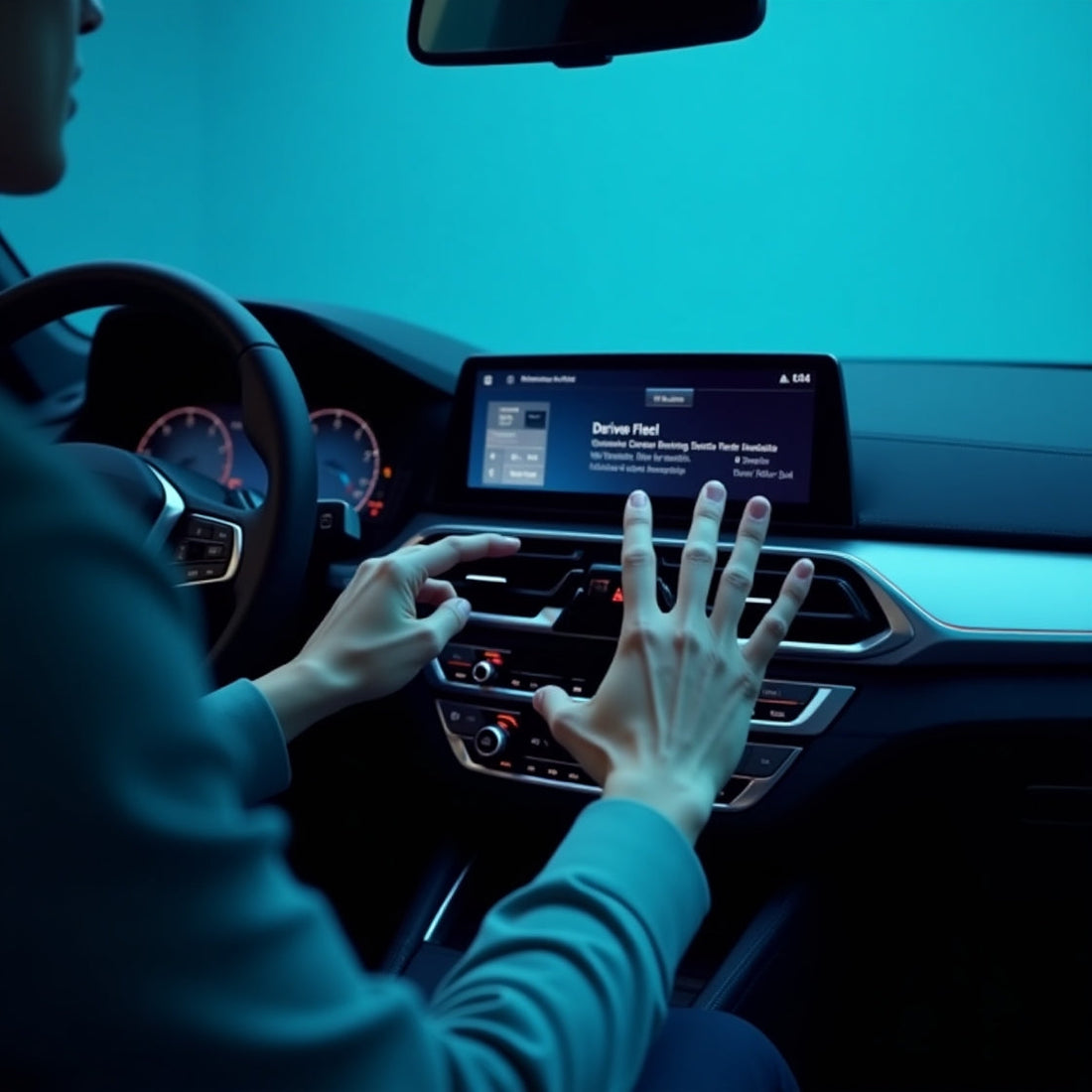
The Evolution of BMW’s iDrive System: A Year-by-Year Breakdown
Share
Introduction
When BMW introduced its first iDrive system in 2001, it sparked both curiosity and controversy. Fast forward over two decades, and iDrive is now one of the most advanced and refined infotainment systems in the automotive world. This blog explores how BMW’s iDrive has evolved, highlighting key changes by year and how it shapes the driver experience today.
2001 – The Birth of iDrive (E65 7 Series)
BMW debuted iDrive in the E65 7 Series, integrating navigation, climate, entertainment, and communication systems into a single rotary controller and screen interface. It removed most physical buttons, which proved confusing to users at the time. However, it marked a bold shift toward digital vehicle management.
Key Features:
- Rotary controller with central screen
- Control over navigation, radio, and climate settings
- First vehicle with fibre optic MOST Bus system
2008 – iDrive 2.0 (CIC - Car Information Computer)
In 2008, BMW introduced the second-generation iDrive (CIC) in the 5 Series and 7 Series. This version featured a more intuitive interface and significantly better graphics.
Highlights:
- Internal hard drive for media storage
- Improved navigation with 3D maps
- Updated controller with more shortcut buttons
- Enhanced voice control
2012 – iDrive 3.0 (NBT - Next Big Thing)
NBT brought smoother graphics, better response times, and a more smartphone-like interface. It rolled out with the F30 3 Series and was a massive step forward in usability.
Notable Features:
- Dictation function for messages
- Real-time traffic updates
- BMW Apps integration (Spotify, Facebook, etc.)
- Improved controller with touchpad (introduced in 2013)
2016 – iDrive 4.0 (NBT EVO)
This update came with the G11 7 Series and was designed for touchscreens. NBT EVO was the first iDrive to resemble a tablet UI, with tiles and more interactive features.
Features Include:
- Customisable tile-based home screen
- Gesture control (7 Series only at launch)
- Wireless Apple CarPlay support
- Enhanced natural voice recognition
2018 – iDrive 7.0 (Live Cockpit Professional)
BMW unified iDrive with its digital instrument cluster and infotainment into a seamless, highly interactive experience. First seen on the G05 X5.
Major Improvements:
- Fully digital instrument cluster
- Over-the-air updates
- BMW Intelligent Personal Assistant
- Enhanced smartphone integration
- “Car as a digital device” concept introduced
2021 – iDrive 8.0
iDrive 8.0 was introduced with the iX and i4 models, designed with electric vehicles in mind. The system became even more intelligent, focusing on personalisation and sustainability.
Key Innovations:
- Curved display with a 12.3” instrument cluster and 14.9” touchscreen
- Enhanced AI-powered voice control
- 5G connectivity support
- More advanced OTA capabilities
- Integration with BMW’s My Modes (tailoring drive experience)
2023/2024 – iDrive 8.5 and 9.0
BMW began transitioning to Android-based architecture in iDrive 9.0, starting with entry-level models like the new X1 and 2 Series Active Tourer.
iDrive 8.5 vs 9.0 Differences:
- 8.5 is built on Linux, 9.0 on Android Open Source Project (AOSP)
- Faster UI and upgraded app integration (9.0)
- Enhanced touch and voice control
- iDrive 9.0 remains focused on smaller and upcoming EVs
Conclusion
From a rotary dial in the 2001 7 Series to an AI-powered infotainment hub in 2024, BMW’s iDrive journey is a story of continuous innovation. Whether you’re a BMW enthusiast, a prospective buyer, or someone managing digital service records, understanding these changes can help you navigate your vehicle’s tech with confidence.
—
Need to Update or Check Your BMW’s Service History?
Visit BMWServiceHistoryCheck.com to verify, update, or download your official digital BMW service records with ease. Stay in control of your BMW’s maintenance – the smart way.